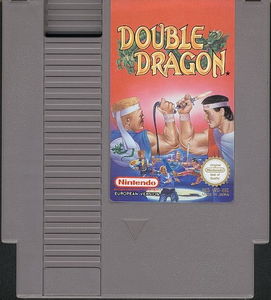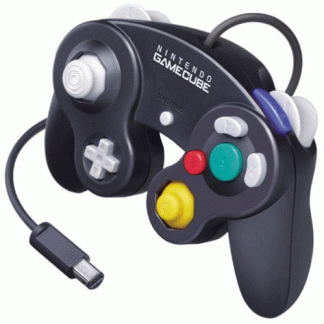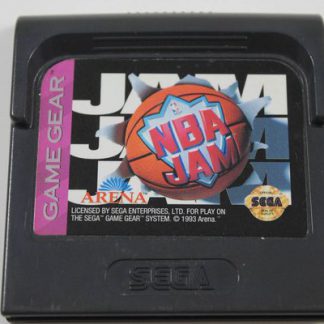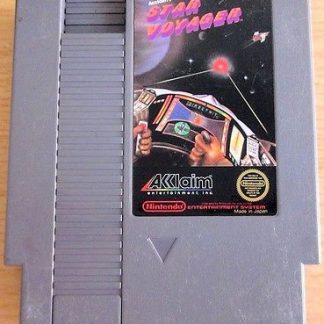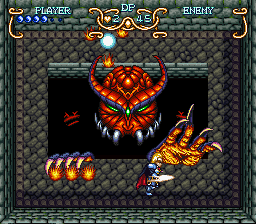
While most of developer Quintet’s SNES output focused on creating/recreating the world, Illusion of Gaia bucked that trend and instead focused on discovery. The second in the unofficial creation trilogy Illusion of Gaia continued the steady progression in quality with excellent action, higher production values and strong writing. Illusion of Gaia was released by Enix in Japan and Nintendo in the rest of the world. A strange move at first but when you stop and think about it it makes sense considering its similarities to the Zelda series.
Illusion of Gaia follows Will, who returned home after a failed expedition to the Tower of Babel with his father a year prior with no memory of the events that transpired. Rumors of a comet slowly approaching persist and although he would like to spend his days lazing about with his friends events emerge that force Will to return to the Tower of Babel and solve the mystery of the impending comet. The game takes place in a fictionalized version of the real world, with real life locations such as the Great Wall of China and Angkor Wat serving as the dungeons you’ll explore.
Gameplay is split between town segments and the various “dungeons” you explore. You converse with the townspeople to learn about the world and find new locations to visit on the world map. The towns merely serve as anchor points between the dungeons to propel the game forward as there aren’t any shops or weapons and armor to buy. Although you travel with a large entourage Will (and his alter egos) are the only playable characters.
Unlike Soul Blazer the game is very linear in the sense that there is no backtracking and you can only visit locales that have been revealed to you or that the game deems currently relevant. There is only 1 optional side quest; there are 50 Red jewels scattered around the world in every locale. There are various reward tiers for collecting the Red jewels however the prize for finding all 50 is only relevant to those who are familiar with Soul Blazer, not to mention it’s easy to fail since you cannot revisit any areas once cleared. Since there is no experience system the game handles character progression differently. There are no shops to buy weapons or armor or even currency for that matter. All stat upgrades come from the dungeons themselves.
Retro RPG gaming at its finest.
The dungeons will immediately remind you of Zelda. By killing all enemies in each room one of 3 things will occur: one of your stats (hp, attack, & defense) will increase, a barrier will be removed, or you’ll receive an item. At any given time you can check your map to see how many enemies are left on a given screen along with treasure chests left. It sounds like it would be repetitive but the creators were very aware not to overload each room with too many enemies and let’s be honest, you would have killed all of them anyway.
By finding the Dark Spaces occupied by Gaia Will can transform into the Dark Knight Freedan and later Shadow. All 3 characters possess unique powers that are integral to solve the puzzles occupying the dungeons, making switching important to completion. The puzzles themselves usually involve figuring out how to destroy some out of the way monster that will then remove an obstacle in your path. As you move on to different dungeons the layouts become trickier and more dense. There are numerous head scratching moments as the solution to some of the puzzles aren’t immediately obvious. The simplicity of earlier dungeons fade as you’ll make extensive use of both Will and Freedan in every area. I feel the game makes excellent use of the abilities of all 3 characters with its well designed puzzles.
The challenge is about average as you’ll steam roll most enemies but carelessness can still get you killed. There aren’t many medical herbs in the game since you can’t buy them so it’s very easy to lose track of your life bar during a boss fight and die The gems you collect function as checkpoints that start you closer to where you’ve died so the penalty for sloppiness isn’t too steep. Bottom line, you won’t be sweating bullets too often.
The story is where the game shines even despite its age. The game is squarely set during the age of discovery with all of the real world locations just as new to the characters as well as you. That sense of exploration is fully realized as the sense of awe the characters are experiencing upon reaching each new vista is conveyed very well. The character growth each member of your party will experience is exceptionally well written for a game of that period. The entire trip plays out over a very long length of time and each of Will’s friends has at least one traumatic event that forces them to grow up, so to speak. Surprisingly the story is a bit dark and explores slavery, starvation, love and death. There are moments of comedy to break up the tense atmosphere and thankfully they are well timed for the most part. Kudos to the writing staff for handling the subject matter intelligently without dumbing it down.
Some would say the linear structure is a let down after the freedom of Soul Blazer but I think the strength of the writing compensates. The polished graphics and exceptional soundtrack don’t hurt either. For those that like classic Action RPGs I highly recommend it.
[nggallery id=71]
 |
||
|
|


![Illusion of Gaia (U) [!]025](http://www.retrogameage.com/retrogameage/wp-content/uploads/2011/07/Illusion-of-Gaia-U-025-150x150.png)
![Illusion of Gaia (U) [!]289](http://www.retrogameage.com/retrogameage/wp-content/uploads/2011/07/Illusion-of-Gaia-U-289-150x150.png)
![Illusion of Gaia (U) [!]382](http://www.retrogameage.com/retrogameage/wp-content/uploads/2011/07/Illusion-of-Gaia-U-382-150x150.png)
![Illusion of Gaia (U) [!]407](http://www.retrogameage.com/retrogameage/wp-content/uploads/2011/07/Illusion-of-Gaia-U-407-150x150.png)
![Illusion of Gaia (U) [!]127](http://www.retrogameage.com/retrogameage/wp-content/uploads/2011/07/Illusion-of-Gaia-U-127-150x150.png)
![Illusion of Gaia (U) [!]281](http://www.retrogameage.com/retrogameage/wp-content/uploads/2011/07/Illusion-of-Gaia-U-281-150x150.png)
![Illusion of Gaia (U) [!]336](http://www.retrogameage.com/retrogameage/wp-content/uploads/2011/07/Illusion-of-Gaia-U-336-150x150.png)
![Illusion of Gaia (U) [!]332](http://www.retrogameage.com/retrogameage/wp-content/uploads/2011/07/Illusion-of-Gaia-U-332-150x150.png)

